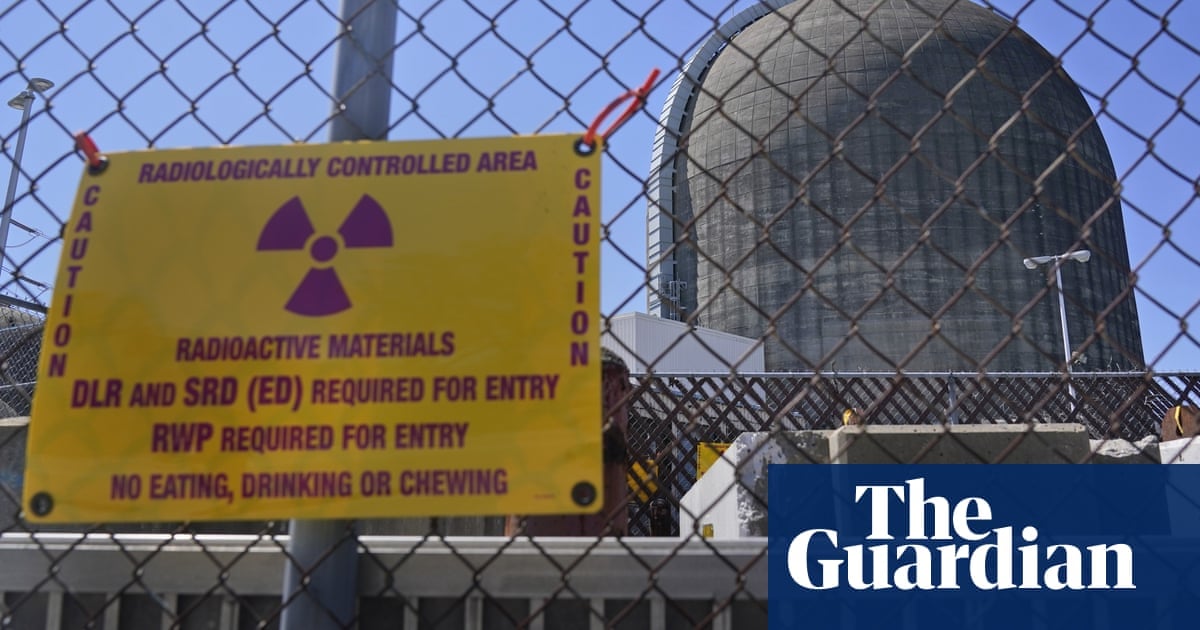Shuttering of New York facility raises awkward climate crisis questions as gas – not renewables – fills gap in power generation
When New York’s deteriorating and unloved Indian Point nuclear plant finally shuttered in 2021, its demise was met with delight from environmentalists who had long demanded it be scrapped.
But there has been a sting in the tail – since the closure, New York’s greenhouse gas emissions have gone up.
Castigated for its impact upon the surrounding environment and feared for its potential to unleash disaster close to the heart of New York City, Indian Point nevertheless supplied a large chunk of the state’s carbon-free electricity.
Since the plant’s closure, it has been gas, rather then clean energy such as solar and wind, that has filled the void, leaving New York City in the embarrassing situation of seeing its planet-heating emissions jump in recent years to the point its power grid is now dirtier than Texas’s, as well as the US average.



They went up because they turned on other non green energy instead. The ones who made this decision are the same who you are supposed to trust for nuclear energy.
Nuclear and renewables are for different purposes and are complementary. Taking an all-or-nothing approach to energy will drastically delay net-zero generation.
oh, the old “base load” lie? the one that exists because large power companies want to keep milking their massive investment power plants to generate more ROI.
think about it, it stipulates that a “base load” power plant should be running all the time to cover the load on the grid, but what would be the point of renewables then? you’re not going to magically consume more power just because wind/solar are producing more.
no, if you actually want renewables used, you need secondary power generation that can be ramped up or down in minutes not weeks that can be adjusted based on grid load and renewable production, but that would mean less uptime for the lucrative big power plants.